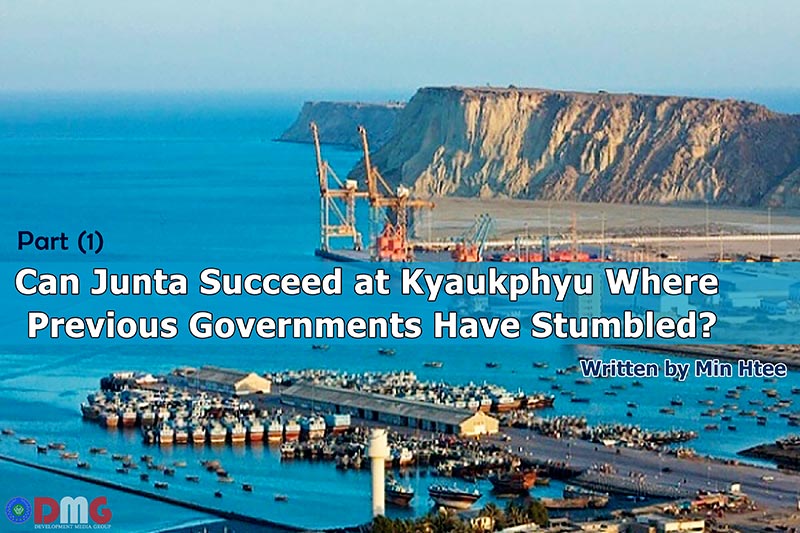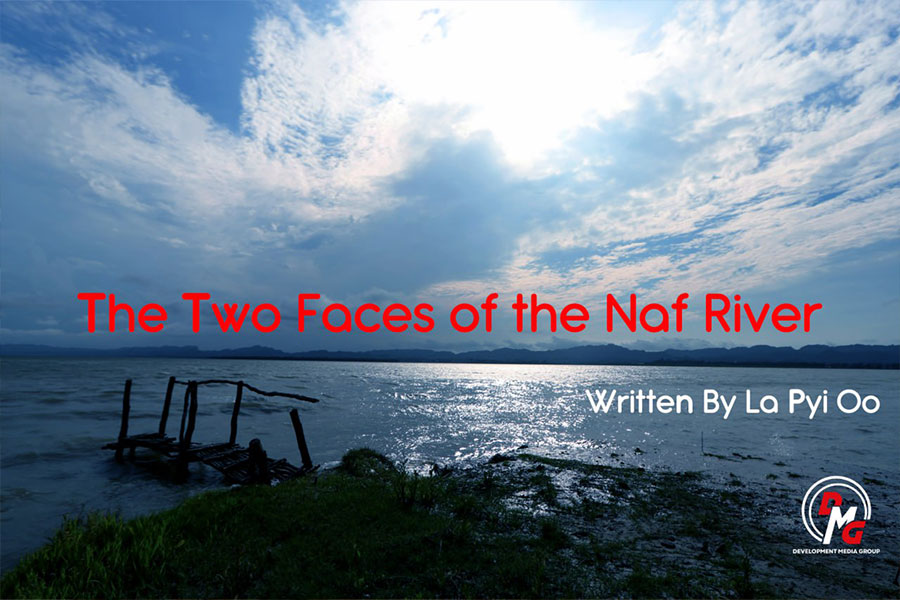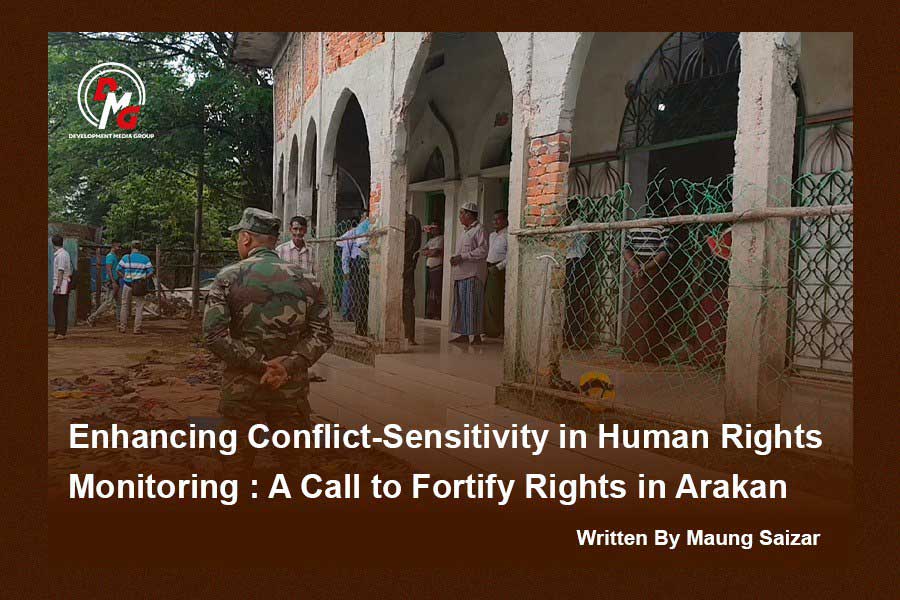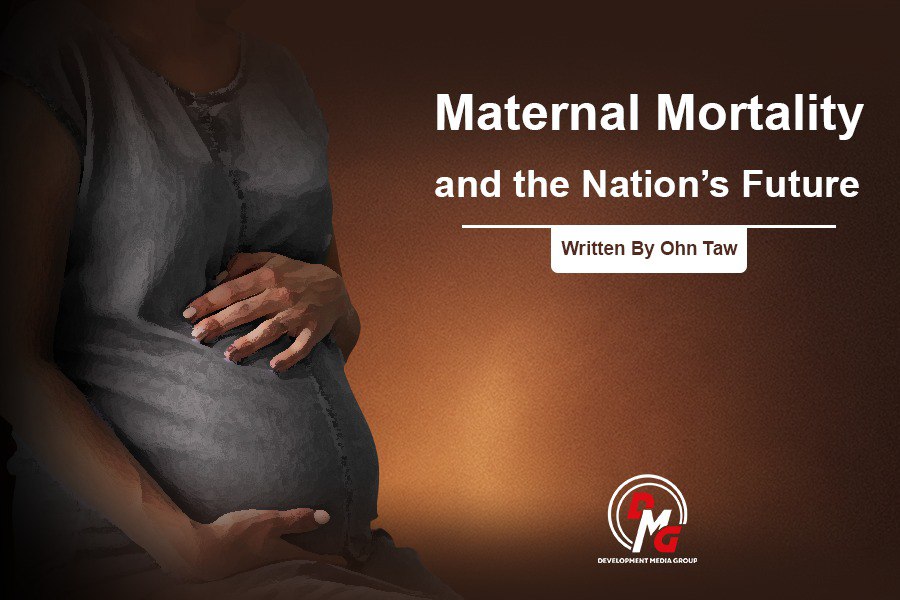- Junta unable to hold elections in dozens of wards and village-tracts in Sittwe, Kyaukphyu
- Fighting escalates between Myanmar military, Arakan Army in Ayeyarwady Region
- Regime steps up civilian arrests in Sittwe
- ULA safeguards Mrauk-U's ancient heritage
- Arakan on the Edge: What the DMG Landmine Impact Report Reveals About Myanmar's Deepening Humanitarian Crisis
Can Junta Succeed at Kyaukphyu Where Previous Governments Have Stumbled?
CMEC is designed to include up to 33 projects, including the Kyaukphyu deep-sea port and construction of the Kyaukphyu-Ann-Padan-Minbu road, which is part of the Kyaukphyu-Kunming railway project. The Kyaukphyu Special Economic Zone was not approved by the NLD government but rather was inked by the Thein Sein administration, considered the NLD’s quasi-civilian predecessor (2011-15). At the time, China and Myanmar signed an agreement to develop the Kyaukphyu Special Economic Zone project at an 85:15 ratio.
12 Jun 2021

Part (1)
Written by Min Htee
After the Tatmadaw took power in Myanmar on February 1, the military council was unable to run the administrative machinery of government properly until more than 100 days after the coup due to mass demonstrations. Following the military takeover, widespread public protests erupted on the mainland, leaving more than 850 people dead, more than 4,700 arrested and many more fleeing.
To this day, the conflict has not calmed down and rather has escalated into armed insurgency in many parts of the country, bringing with it massacres, bombings and other forms of violence. According to the National Unity Government (NUG), the emergence of regional armed groups (which the NUG has collectively called a “People’s Defense Force,” or PDF) and attempts to launch a nationwide offensive against the Tatmadaw likely suggest that the current conflict will continue to be a confrontation instead of a negotiated dispute over who claims the mantle of rightful governance in Myanmar.
During the decade from 2011 to 2020, quasi-democratic governments were able to attract foreign investment and secure financial aid from some Western countries, and Myanmar saw progress during its temporary liberation from outright military dictatorship. The country’s economic and social trajectories improved.
Under the National League for Democracy (NLD) government from 2015-20, a number of foreign investment agreements were signed, several of which involved China. The largest foreign investment project signed under the NLD government was the CMEC (China Myanmar Economic Corridor) project as part of China’s dream-big Belt and Road Initiative (BRI).
CMEC is designed to include up to 33 projects, including the Kyaukphyu deep-sea port and construction of the Kyaukphyu-Ann-Padan-Minbu road, which is part of the Kyaukphyu-Kunming railway project. The Kyaukphyu Special Economic Zone was not approved by the NLD government but rather was inked by the Thein Sein administration, considered the NLD’s quasi-civilian predecessor (2011-15). At the time, China and Myanmar signed an agreement to develop the Kyaukphyu Special Economic Zone project at an 85:15 ratio.
After the NLD government came to power, however, the Kyaukphyu SEZ stakes were revisited and the project terms were revised to a 70:30 ratio. Forty-five framework agreements were signed and 33 projects were ratified. The Kyaukphyu deep-sea port and Special Economic Zone projects are a crucial piece of its BRI and its best option for bypassing the crowded shipping lanes of the Indo-Pacific region.
After Myanmar’s military seized power, coup leader Min Aung Hlaing outlined five steps to be taken. Among the five steps, he said foreign investment would be implemented in accordance with previous agreements. According to the senior-general, it remains to be seen whether Kyaukphyu Special Economic Zone Deep Seaport Co. Ltd., which was approved by the NLD government in August 2020, will continue to develop the Kyaukphyu deep-sea port.
An EIA (Environmental Impact Assessment) approved in 2015 for the construction of the Kyaukphyu SEZ and deep-sea port will be conducted. HATCH, a Canada-based company, was hired as a consultant by the NLD government to conduct the EIA, but site visits by experts from the company have been limited by the COVID-19 pandemic.
In Kyaukphyu, a natural gas pipeline project built during the era of the State Peace and Development Council (junta) has caused a lot of damage to the region. Land issues, environmental impacts, and departmental corruption in relation to land compensation issues have resulted in the loss of many local employment opportunities. Likewise, the demarcation of China’s oil ports and oil tanker routes within the dominant blocks of local fishermen has damaged local fishermen’s private fishing areas, and projects have left the region undeveloped and local people living in poverty. Local fishermen staged a protest in May 2017 and called on the government and the company to help them, but neither the government nor the company came to discuss their grievances.
Land ownership in the Kyaukphyu area, including the land for the Kyaukphyu Special Economic Zone, is still customary to this day, and the Farmland Law and the Vacant, Fallow and Virgin Lands Management Law enacted in 2012-13 pose a significant threat to land ownership in the region. The area’s mangroves, which grow naturally and protect against natural disasters in Kyaukphyu Township, are also being destroyed by the rich.
For Kyaukphyu residents, very few believe that the projects will lead to regional development. This is because they already had a similar experience with the gas and oil pipeline projects, the work on which began in 2009-10. Another point is that existing land laws only allow investors to own large tracts of land, and those who study the law will know that the rights granted to local farmers are very limited.
Many details still need to be researched to implement the Kyaukphyu Special Economic Zone — land compensation negotiations and a detailed compensation policy; implementation of substitution work for affected fishermen; and the drafting of local development policies have not yet been achieved in advance.
These are essential for the successful implementation of the projects, and if the focus is on the project and not on the basic needs of the region, the projects will likely continue the cycle of conflict. In previous development projects, the government has neglected the rights of local people, and if the military council plans to start the project without conducting the environmental impact assessment (EIA) and social impact assessment (SIA), it will only benefit a few old-fashioned tycoons and dictators.
It is undeniable that China, in the past, has collaborated with Myanmar’s military dictators to pursue a “self-interest” policy that has exploited Myanmar’s many ethnic nationalities and profited from it, ignoring the rights of the Myanmar people in the process.
The Kyaukphyu SEZ is a politically sensitive project, as it could benefit Kyaukphyu and Arakan State as well as the Chinese economy. Due to the political needs of the Arakanese people and the Union, this project is likely to be part of the peace-conflict dynamic in Myanmar. However, no one knows to what extent the current military council will focus on peace and development.
If China’s expansion of economic and military might continues to perpetuate investment misconduct, the politics of the BRI project’s member states will be chronically ill — destined to bring success to dictators at the expense of the people.




















